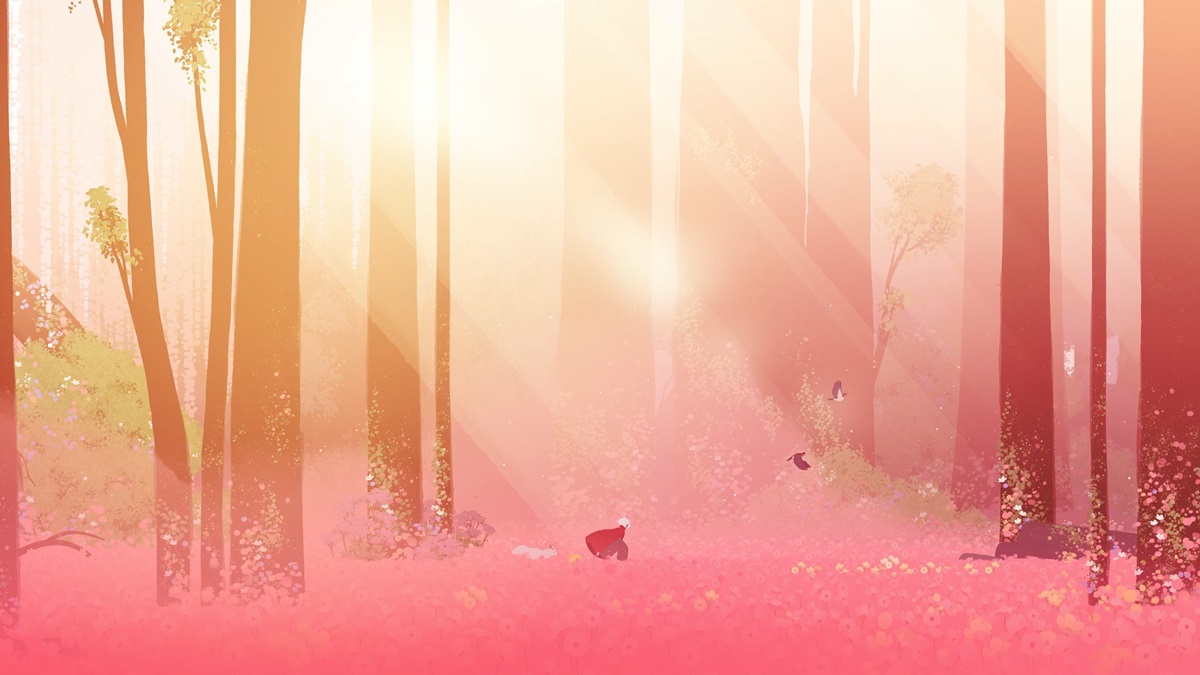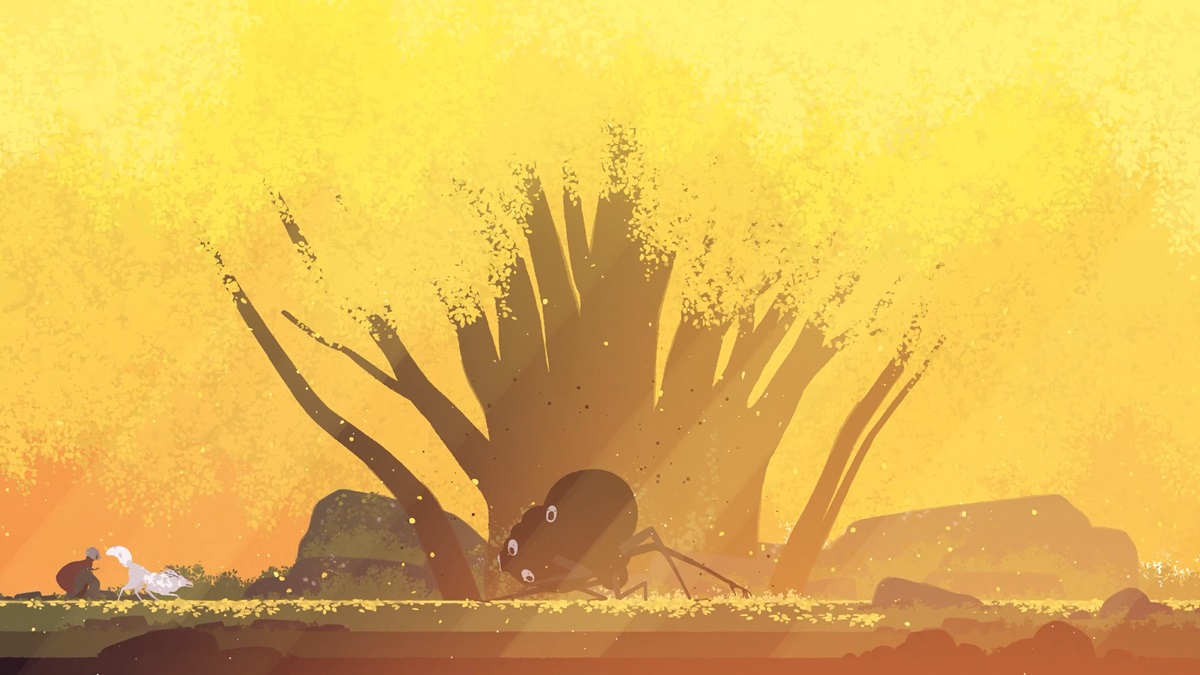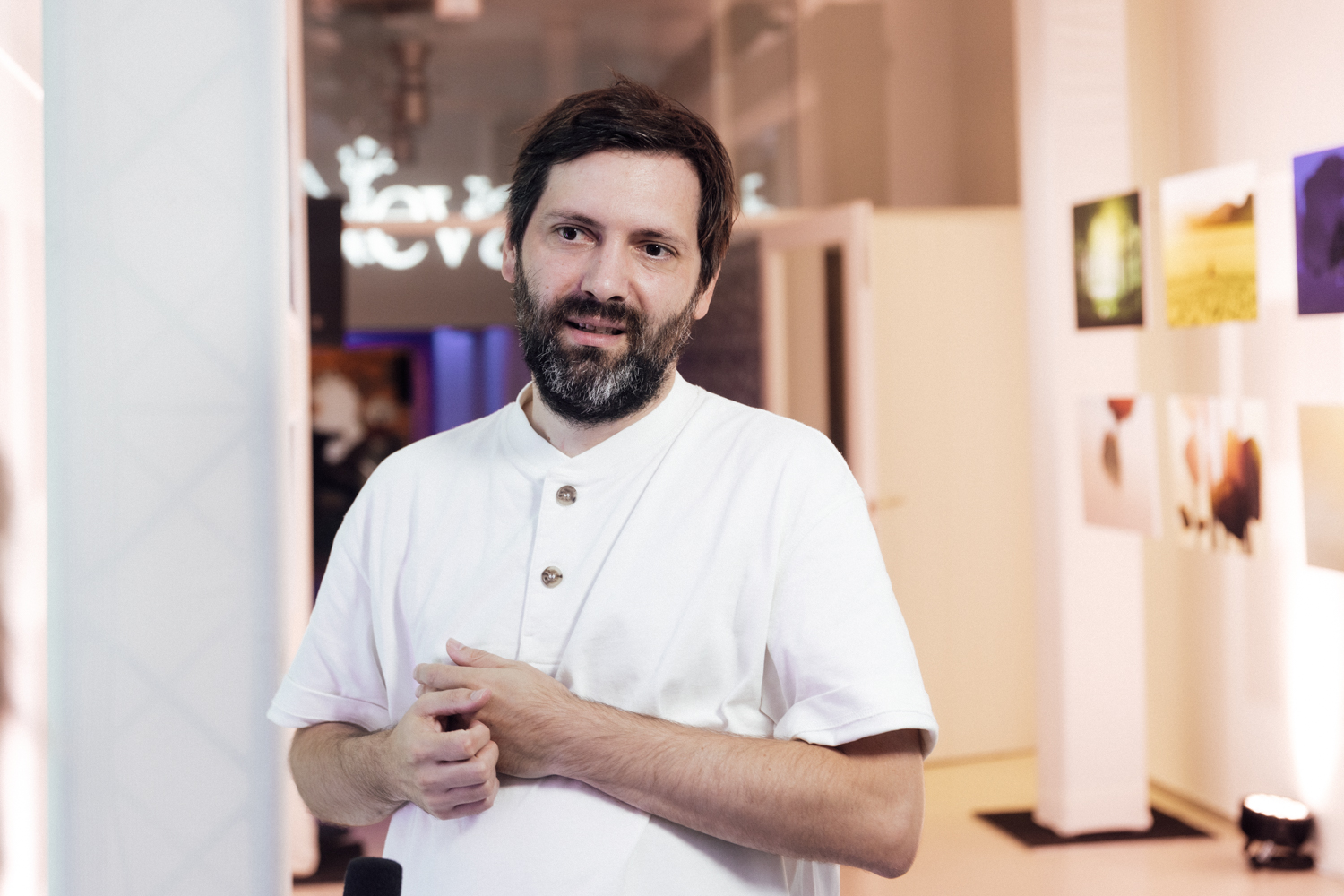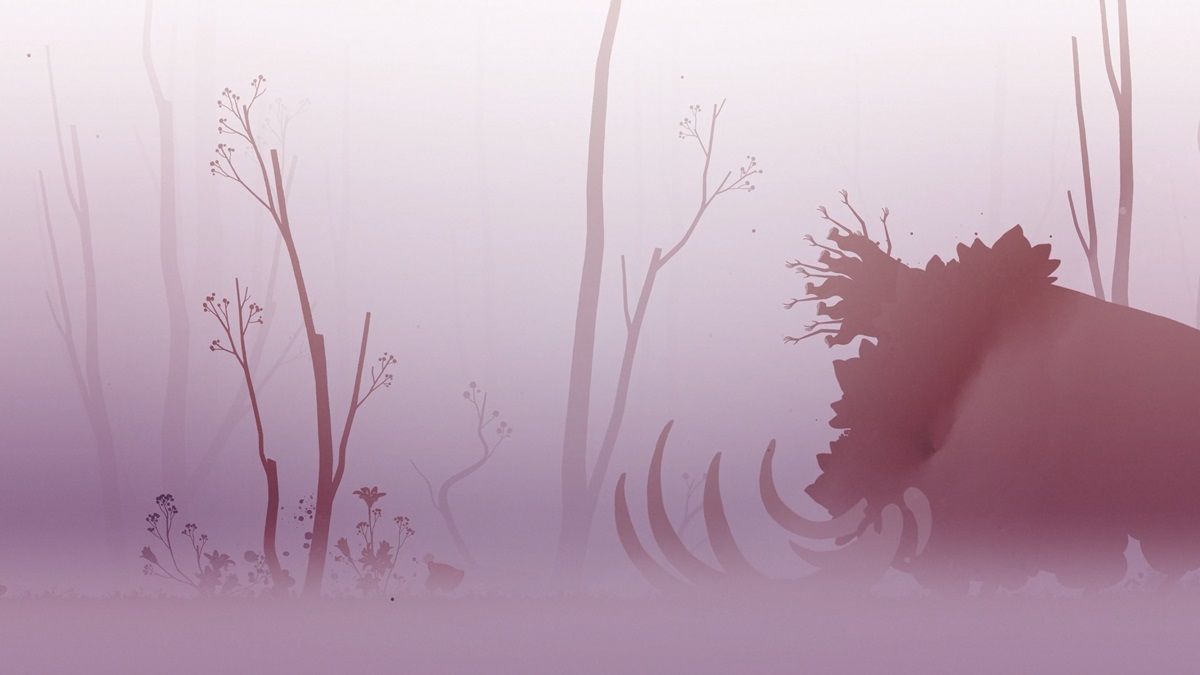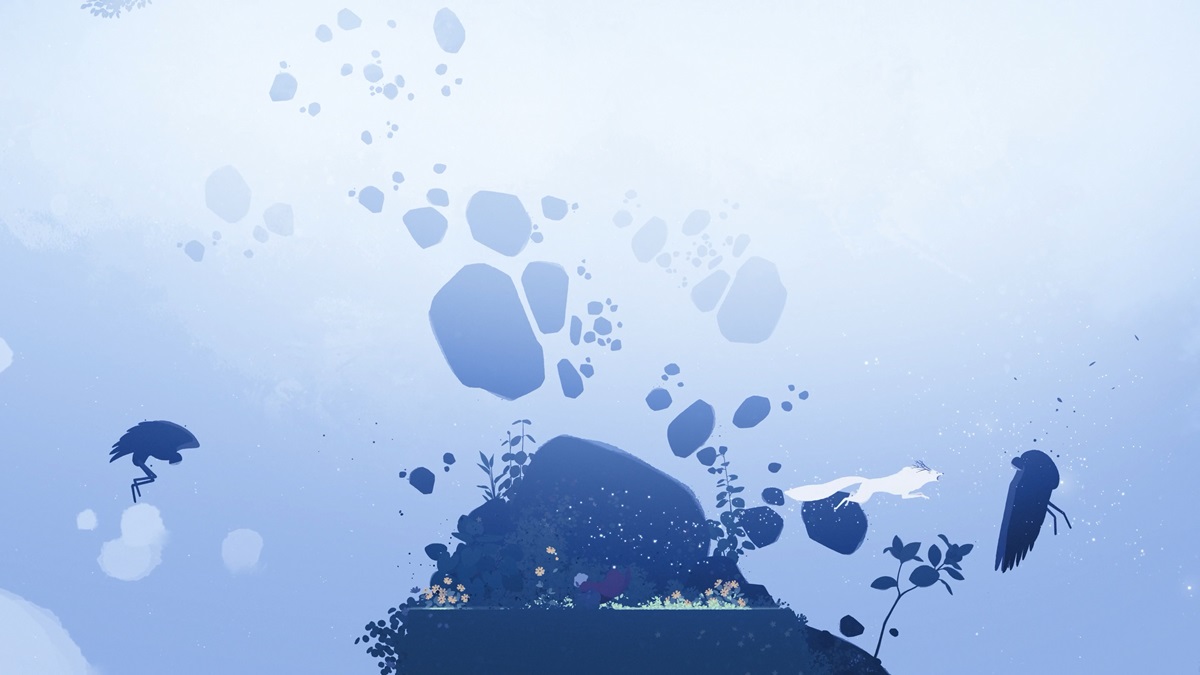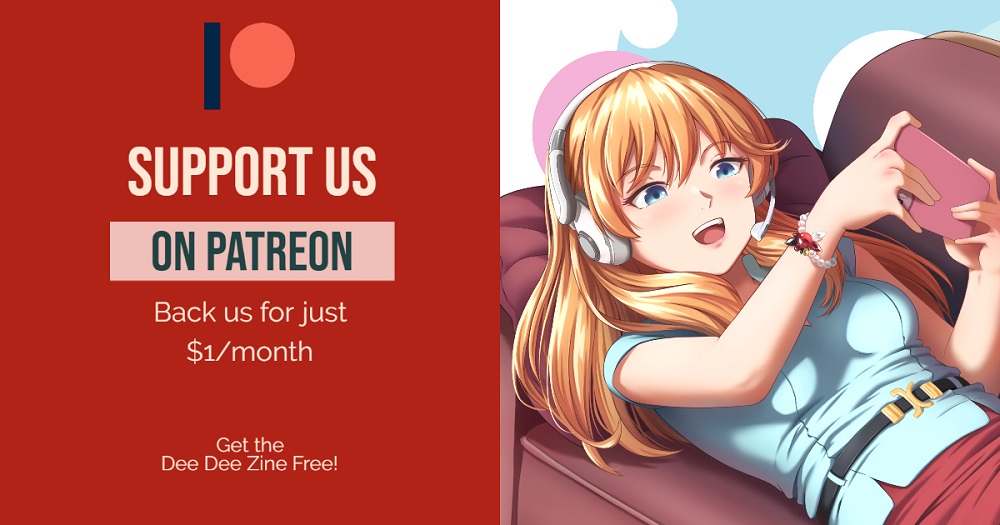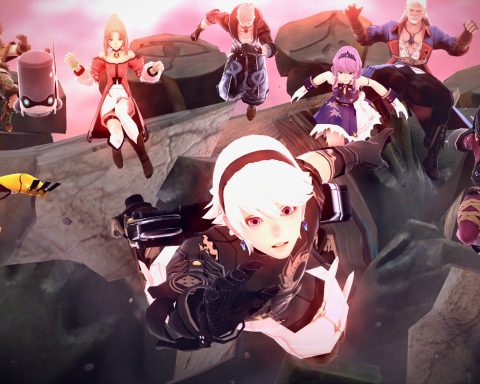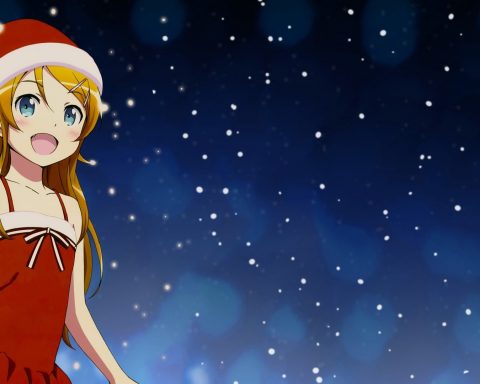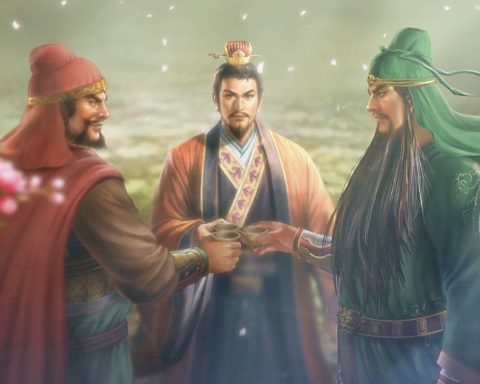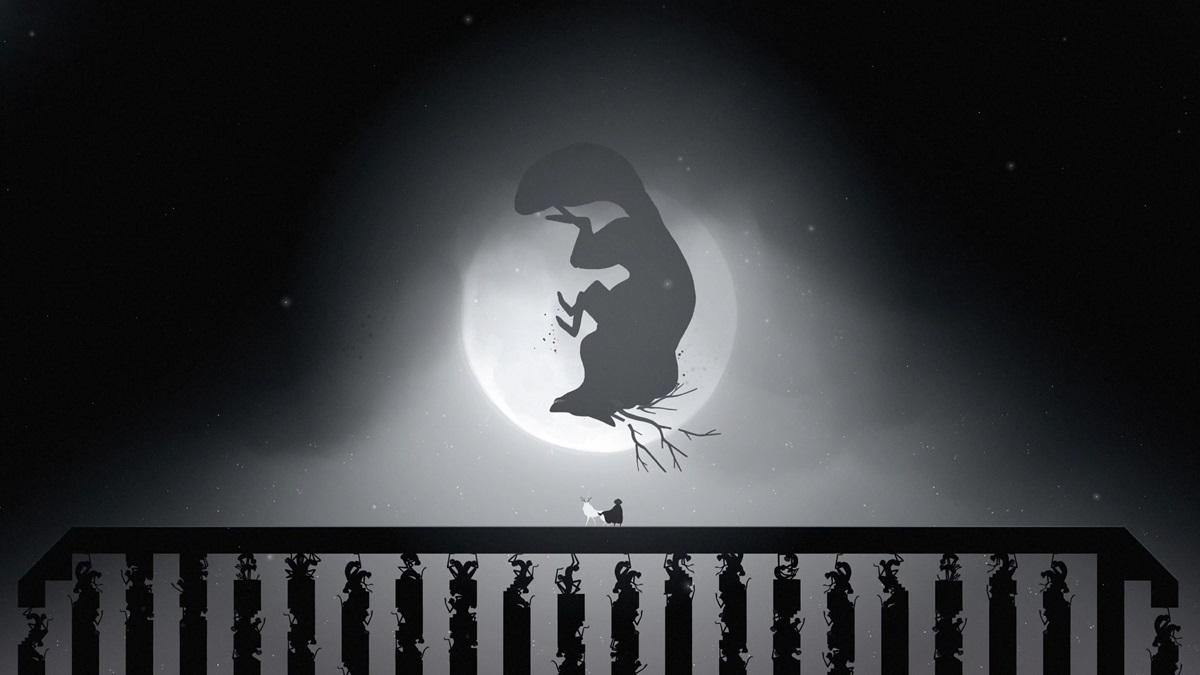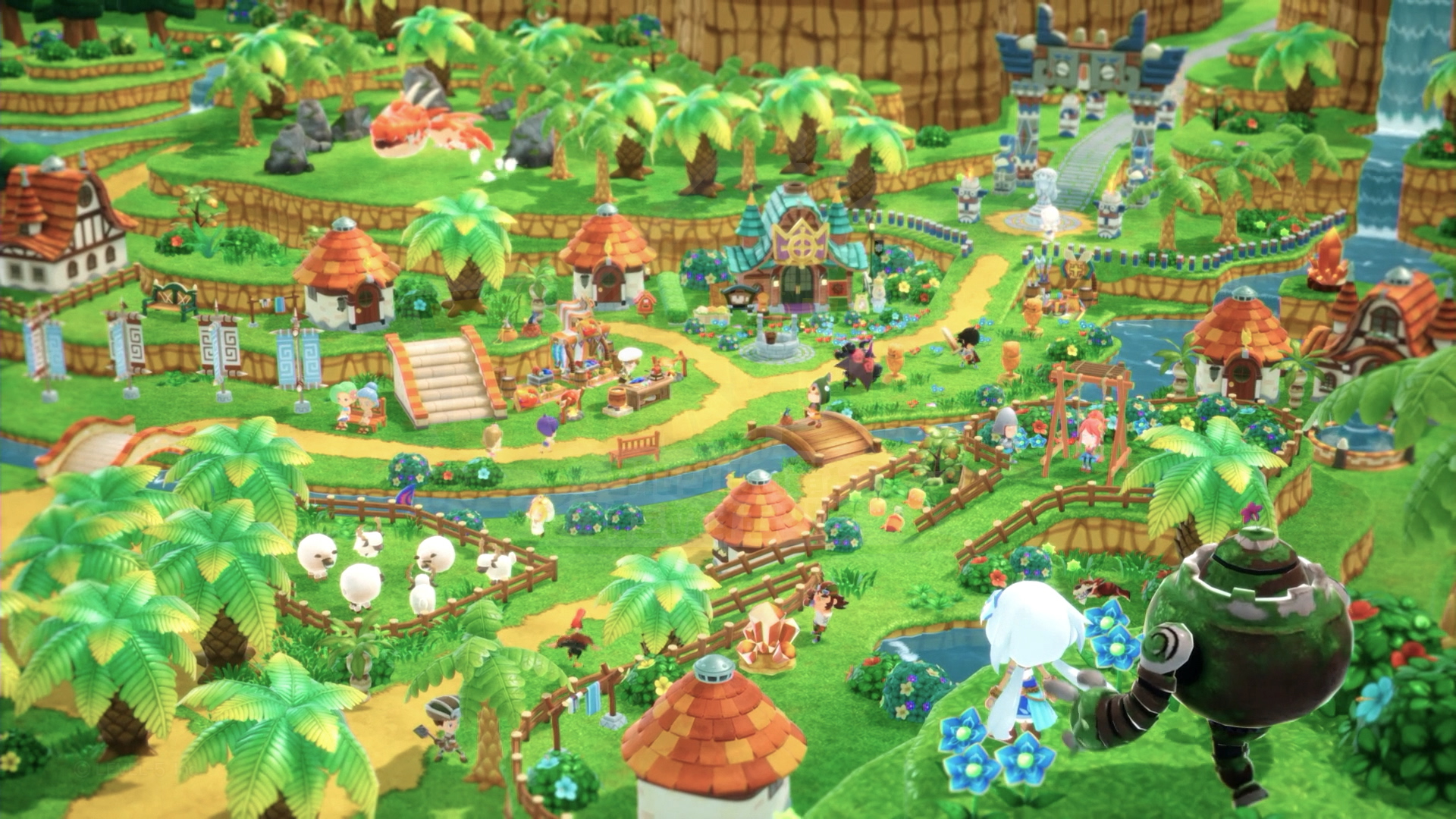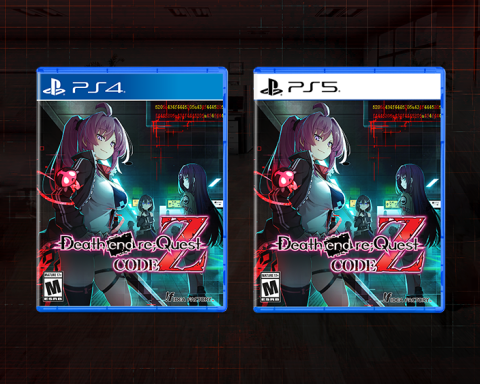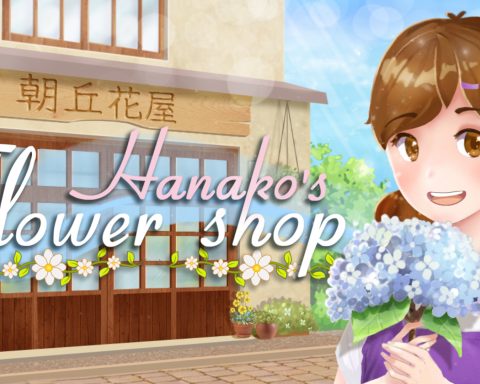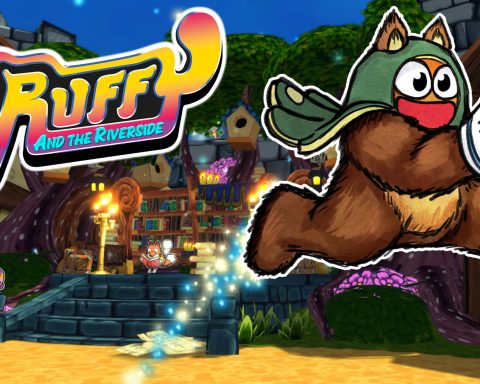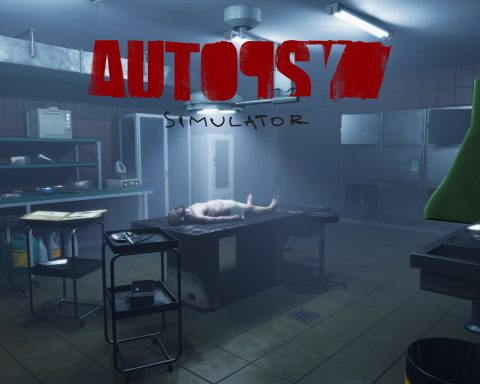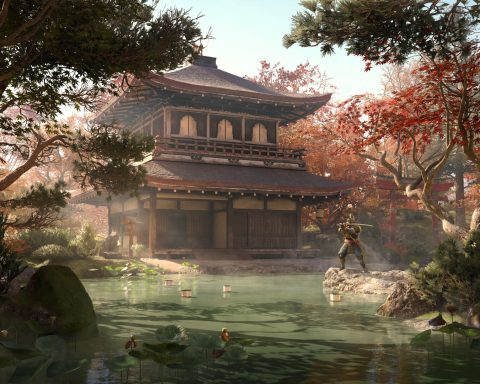So much of Neva, as well as its predecessor, Gris, comes down to Conrad Roset, the Creative Director of Nomada Studio, and the creative force behind both games. As a visual artist by trade, and one who has been exhibited in major galleries around the world, Roset’s games were always going to have a gorgeous style, but as anyone who has played these games knows, they’re much more than visually spectacular, and highlight how Roset has taken full advantage of the video game medium for his work.
While I was in Barcelona to visit Nomada and play Neva ahead of its launch, I had the opportunity to sit down with Roset and get a feel for where his ideas come from, and what he’s looking to achieve with Neva (and video games in general).
Matt S: One of the things I notice is that there seems to be a series of best practices for how a game should look, whether it’s indie or a big blockbuster. You’ve got the realism games, and the games that look like Fortnite or World of Warcraft at the top end, and then there’s a very specific approach to pixel art that a lot of indies use.
Is it difficult to break from that? I mean, it would seem like a risk to create a game that looks as different as yours do. I imagine that when you went into development you couldn’t be sure that people would love it or respond to it well. How were you able to justify doing a project like that when it didn’t fit with the best practices for video games?
Conrad R: It’s funny you mention this because I remember at one BAFTA awards in London that I went to, I was speaking to a director of God of War (Note: Conrad couldn’t remember who at the time of the interview, but it was possibly Cory Barlog) who asked me this exact same question.
The long and short of it is that it is indeed very risky to have a visual language that’s totally different from the typical video game visual language. But that is also what I want to achieve, and bring fresh air into the industry, because there is an overbooking of video games. That gives us an opportunity as having this artistic approach allows us to stand out. So as obviously very risky as it was, it worked for us, with Gris having sold 3.2 million to date, which is very good for an indie game. We’ll see how it goes with Neva, but overall we back ourselves to give players something different and allow ourselves to stand out in the industry.
Matt S: You have said that the city of Barcelona itself is an influence on your visuals. Are there any other artistic influences in Neva?
Conrad R: One direct influence is Princess Mononoke, a Ghibli film. In general, films from Studio Ghibli, like Totoro and Spirited Away inspire me a lot. But I also try to take influences from other areas outside the industry — things like classical painting, animation, comic books, modern illustration. And then when I look at video games it’s things like Shadow of the Colossus, ICO, and The Last Guardian.
Frankly, I could talk for hours about his influences because there are so many from so many different places – I think this is important in the development of my own art.
Matt S: It’s funny you mentioned Studio Ghibli. If you hadn’t said it, my next question would have been, “Is Ghibli one of your influences?” Because for me, from even just a glance at Neva, it does feel a lot like Princess Mononoke, but in Spanish.
Conrad R: Yeah, it’s true. The thing is, there’s a certain consensus in Studio Ghibli films — they use universal concepts that work all around the world, which are very symbolic. The beauty of nature, the sense of belonging to the community, the passing of time, and more. Those are very human concepts, so that’s why you have this link between Ghibli and Neva because it’s universal — at the end of the day, it speaks to humans.
Matt S: What about the characters? I noticed that the designs for both the main character and the wolf were very evocative of Studio Ghibli as well, but also very unique. How did you go about designing those characters?
Conrad R: The idea of the wolf as a spiritual entity comes from the idea of the protagonist’s journey. The concept of Neva revolves around this idea of a spiritual companion, and I found that a wolf represents a strong emotional connection. Regarding the main character, she represents youth, and her design reflects her growth and development throughout the game.
We really put a lot of thought into what would build an emotional connection between these characters and players, as well as how the art and design could express that evolution in the characters over the course of the game. That’s why there’s a delicate balance between simplicity and emotion in their design.
Matt S: Obviously I haven’t played the whole game yet, but based on what I have experienced am I right in assuming that environmentalism is going to be a key theme?
Conrad R: Yes, the role of nature is very important. And in many moments we take the opportunity to zoom the camera out and you can really see that the main protagonist, is not the character, but it’s the whole scene and world around them, whether that be the mountains or whatever. The game is really focusing on this natural world that is alive, and the narrative is about the fear of losing this world and the fact that. Yeah, it could be finished.
Matt S: So the reason I asked that also comes down to the emotion that I felt while playing: As I was playing the game I was struck by a contrast between the emotional chords you strike and another game with similar themes around environmentalism and nature that hit me pretty hard.
Endling: Extinction is Forever features foxes – so similar to wolves, and is also telling a story of environmentalism. But where that one comes across as angry at what people do to the environment, yours has a more sorrowful, melancholic tone. I’m interested to get your thoughts on why you took that direction?
Conrad R: I must admit that I find it difficult to express my full feelings on this. To try and distil it, I think the main difference is that what we’re looking to achieve with Neva is less direct, and more subtle in approaching these issues.
To be clear I don’t think that this is neither better nor worse – I have a lot of respect for Endling. It’s just a different approach. But, to your broader point, melancholia is definitely a feeling in there that is deliberately built into our art. We do that because even in the difficult moments where there’s a real darkness to something, we want to make that beautiful in some way. There’s beauty in darkness and there’s beauty from sadness.
Matt S: To finish up, what do you want players to take away from the experience?
Conrad R: It really is that simple that I want players to feel something and to be moved emotionally. I want the experience to be profound, where people can connect with the characters and the journey they’re going through. It can be harder to achieve in games than it sounds, but I want to take players beyond the gameplay mechanics and to touch the hearts of players and make them reflect on themes like loss, growth, and the beauty of nature.
Neva releases on October 15. For more information on Conrad, look forward to this month’s issue of the Dee Dee Zine, where there is a feature with more from my interview with him, focusing on his personal background, profile as an artist, and sources of inspiration.
